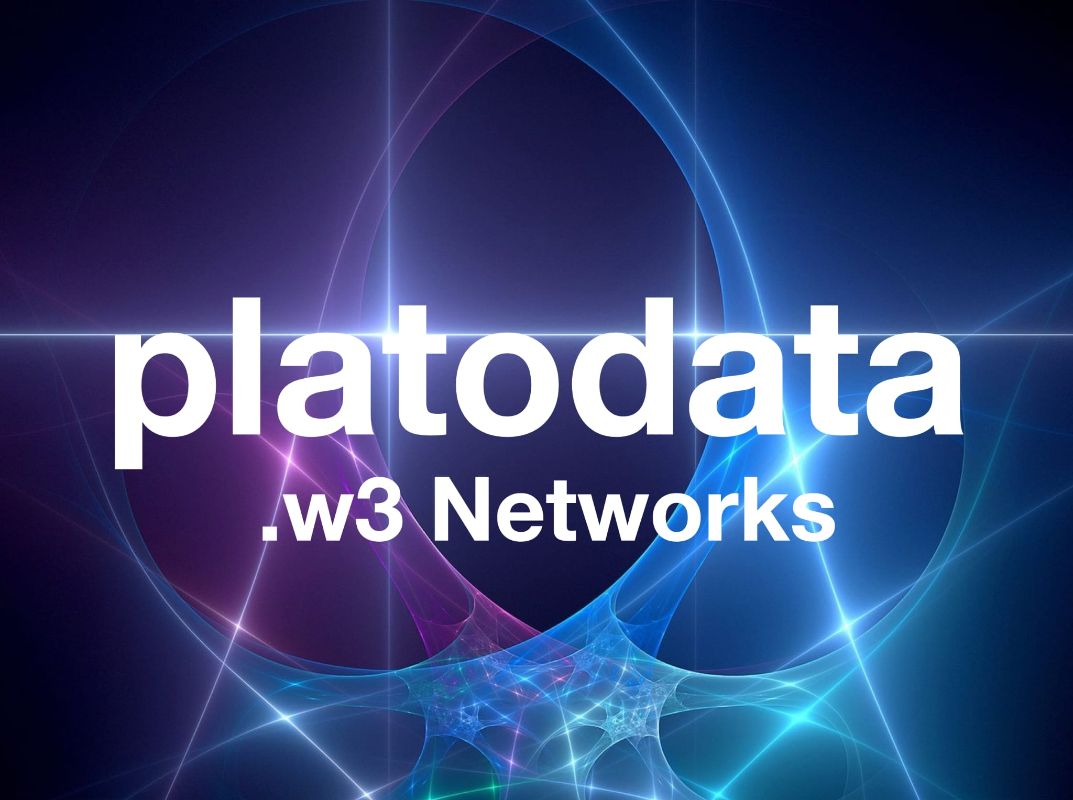In recent years, the devastating impact of forest fires has become increasingly apparent, with wildfires raging across the globe and causing widespread destruction to both natural habitats and human communities. In response to this growing threat, companies like Kinéis are harnessing the power of satellite-based IoT connectivity to provide early detection and monitoring of forest fires.
Kinéis is a leading provider of satellite-based IoT solutions, offering a range of services that enable real-time tracking and monitoring of assets in remote locations. One of the key applications of Kinéis’ technology is in the early detection of forest fires, which can help to minimize the damage caused by these destructive events.
The use of satellite-based IoT connectivity for forest fire detection offers several key advantages over traditional methods. One of the main benefits is the ability to monitor vast areas of land in real-time, providing early warning of potential fire outbreaks before they escalate into large-scale disasters. This early detection can help to mobilize firefighting resources more effectively, allowing for a quicker response and potentially saving lives and property.
Another advantage of satellite-based IoT connectivity is its ability to provide continuous monitoring of remote and inaccessible areas. Traditional ground-based monitoring systems can be limited by factors such as terrain, weather conditions, and infrastructure limitations. Satellite-based IoT connectivity, on the other hand, can provide coverage across even the most remote and challenging environments, ensuring that no potential fire hotspots go unnoticed.
Kinéis’ satellite-based IoT solutions utilize a network of small, low-cost satellites that are able to collect and transmit data from sensors deployed in the field. These sensors can detect changes in temperature, humidity, and other environmental factors that may indicate the presence of a fire. By analyzing this data in real-time, Kinéis’ system can quickly identify potential fire outbreaks and alert authorities to take action.
In addition to early detection, Kinéis’ satellite-based IoT connectivity can also be used for ongoing monitoring and management of forest fires. By tracking the spread of a fire in real-time, authorities can make informed decisions about where to deploy resources and how to best contain the blaze. This level of situational awareness can help to prevent fires from spreading out of control and causing further damage.
Overall, the use of satellite-based IoT connectivity for early forest fire detection represents a significant advancement in our ability to monitor and respond to wildfires. By leveraging the power of satellite technology, companies like Kinéis are helping to protect our natural environment and communities from the devastating impact of these destructive events.
- SEO Powered Content & PR Distribution. Get Amplified Today.
- PlatoData.Network Vertical Generative Ai. Empower Yourself. Access Here.
- PlatoAiStream. Web3 Intelligence. Knowledge Amplified. Access Here.
- PlatoESG. Carbon, CleanTech, Energy, Environment, Solar, Waste Management. Access Here.
- PlatoHealth. Biotech and Clinical Trials Intelligence. Access Here.
- Source: https://zephyrnet.com/kineis-uses-satellite-based-iot-connectivity-for-early-forest-fire-detection-iot-now-news-reports/

